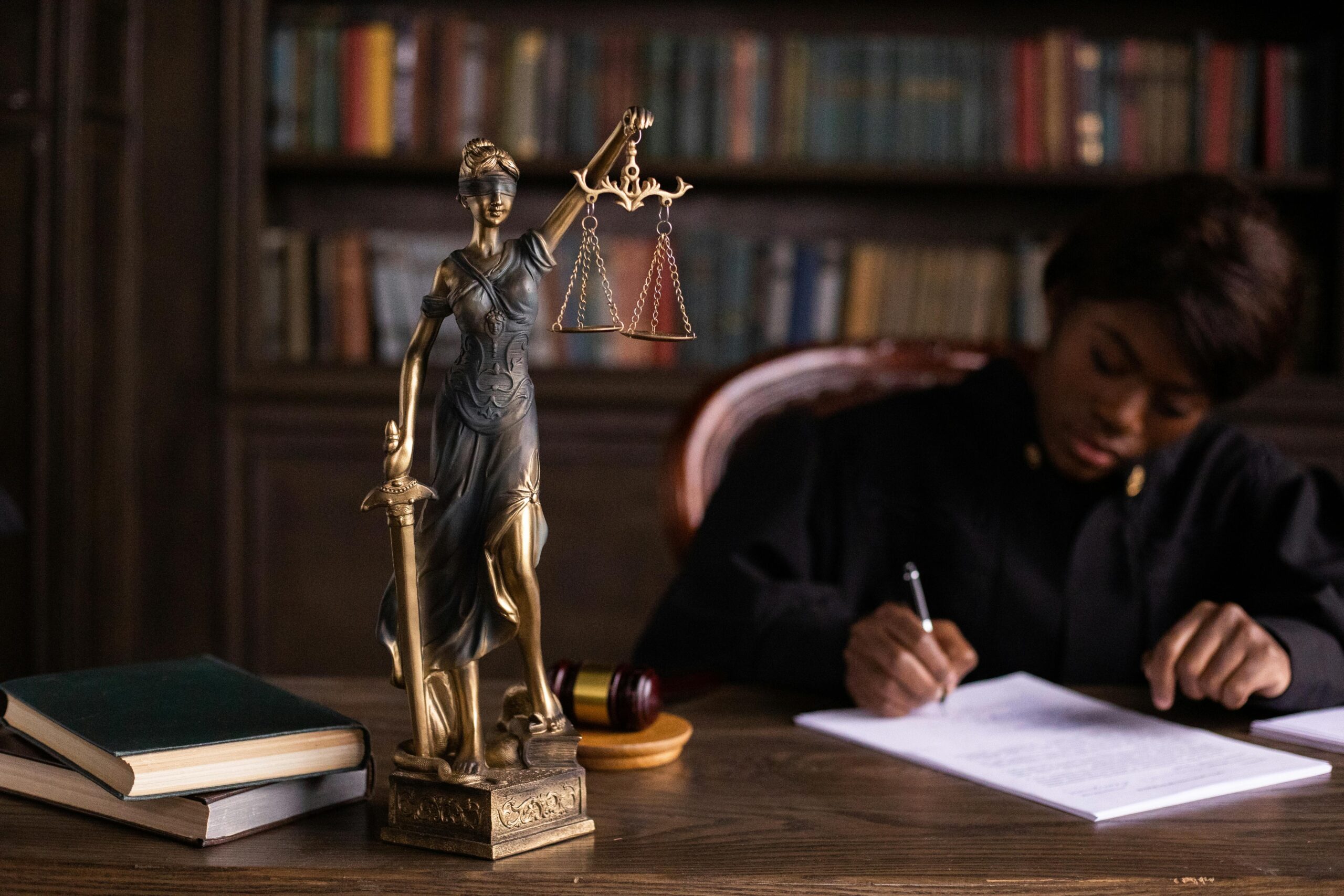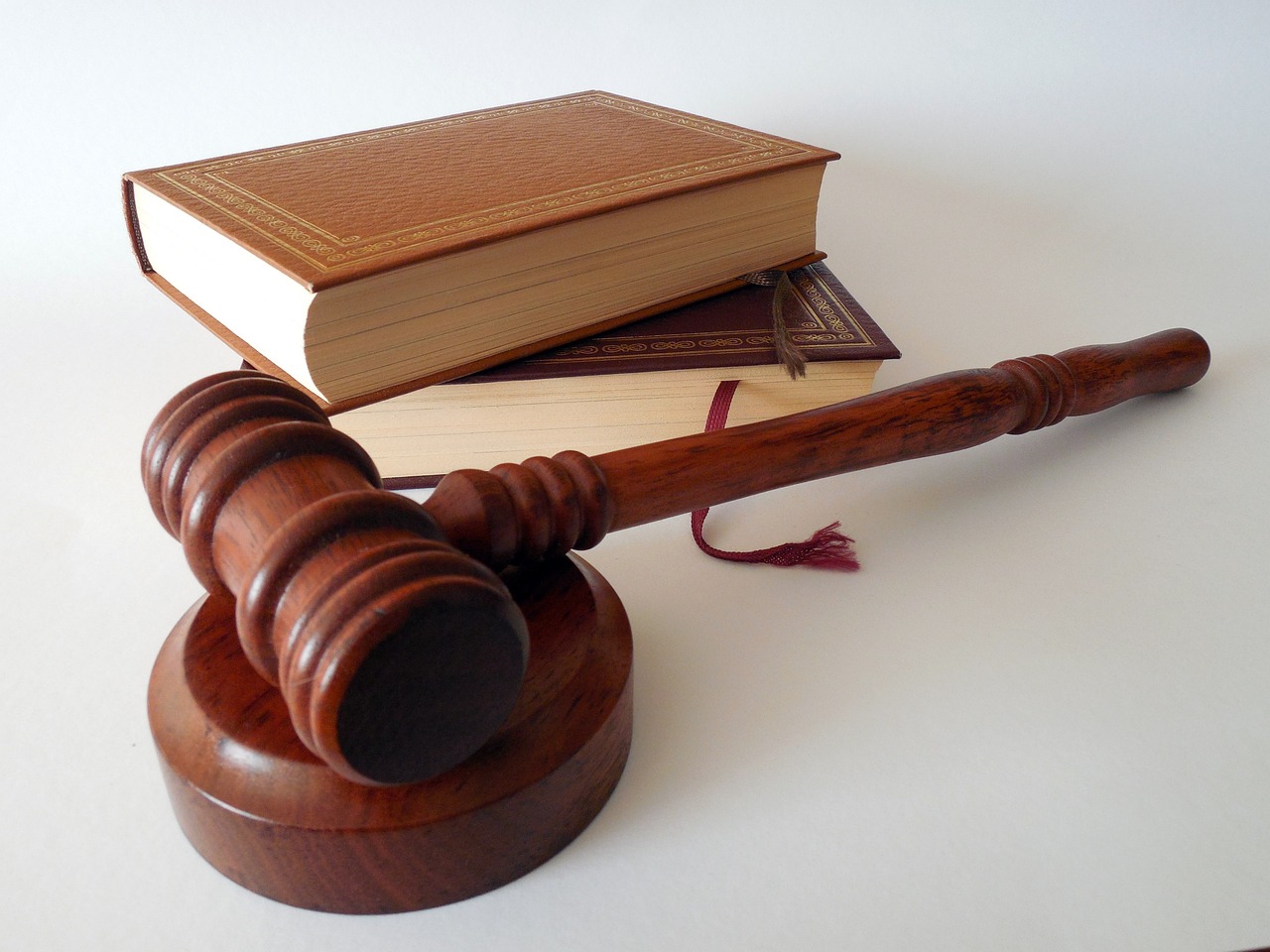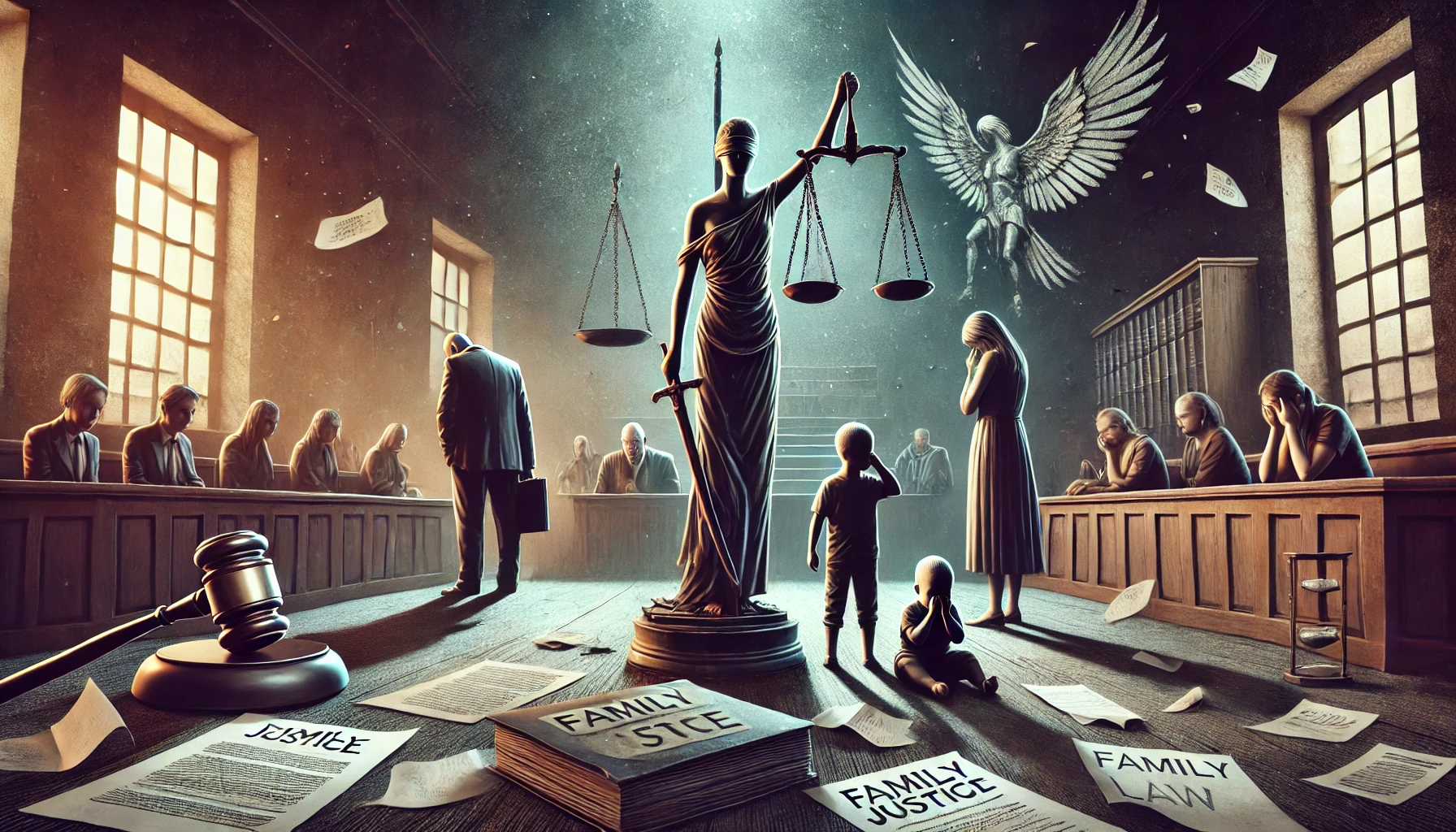Authored By: Ipek Vatansever
Introduction
The application of the death penalty has been contentious in America for decades. It’s justified as dispensing justice, deterring heinous crimes from being committed, and providing closure to the victims’ families. But in an inherently fallible system, the idea of the death penalty brings with it a terrible reality: the unintentional killing of an innocent individual. It is my belief that the death penalty needs to be eliminated in the United States, and the strongest opposition to it is the issue of wrongful convictions. While the practical, legal, and moral arguments are countless, the reality that execution is irrevocable lends itself to any wrongful conviction being catastrophic. The inability of the U.S. legal system to eliminate mistakes, combined with systemic prejudices and inequalities, makes capital punishment unconscionable in a modern democratic nation subject to the rule of law.
The Scope of Wrongful Convictions in Capital Cases
Over 3,400 individuals have been exonerated in the U.S. since 1989, with a significant number of those having been wrongly sentenced to death, states the National Registry of Exonerations.[1] In 2014, a study was published by the Proceedings of the National Academy of Sciences estimating that at least 4.1% of inmates on death row are innocent.[2] This number, though shocking, is probably low because of the inherent difficulty in detecting all miscarriages of justice. Even a single wrongful execution, however, is unacceptable under any system of law pretending to uphold due process and human dignity.
One of the most disturbing cases is that of Cameron Todd Willingham, who was put to death in Texas in 2004 for the alleged ignition of a fire that killed his three daughters.[3] The arson evidence supporting his conviction has since been debunked by forensic specialists, and leading scientists have testified that the fire was most likely accidental. Despite these revelations, the state proceeded with his execution, highlighting the dangers of an inflexible system of justice and the inadequacy of post-conviction remedies.
Another well-known case is that of Carlos DeLuna, who was executed in 1989 in Texas. Years after the execution, investigations showed that another individual, Carlos Hernandez—who closely resembled DeLuna and had a history of violent offenses—had confessed several times to the crime for which DeLuna was sentenced to death.[4] The breakdown of the judicial system’s failure to examine the consistency of witness accounts and forensic data in his case illustrates the fallibility of capital proceedings.
These cases are not unusual. They are manifestations of system flaws: unreliable forensic procedures, prosecutorial misconduct, ineffective defense counsel, and problematic eyewitness identification. The intersection of these elements within a capital context is especially dangerous because once an execution has occurred, the state cannot reverse the mistake.
Legal Safeguards: Illusory Protection Against Error
One of the death penalty’s main arguments in support of itself is that the protracted appellate process is a safeguard against wrongful convictions. However, while cases of capital punishment typically have several stages of review by the judiciary, such processes are not perfect. Procedural requirements, such as the Anti-Terrorism and Effective Death Penalty Act (AEDPA) of 1996, restrict federal habeas corpus petitions and reduce the scope of relief even when compelling new evidence emerges post-trial.[5]
The Supreme Court has held in Herrera v. Collins (1993) that a plea of “actual innocence” does not always entitle a death row inmate to federal relief unless there was a constitutional flaw in the original trial.[6] That is to say, even where new evidence strongly indicates innocence, procedural barriers may prevent courts from looking at it. The law itself, being structurally incapable of rectifying errors consistently, makes wrongful executions not only probable but inevitable.
Systemic Biases and the Death Penalty’s Disproportionate Impact
The capital punishment is also marred by racial and socioeconomic bias, which threatens to result in wrongful convictions. Again and again, research shows that defendants who are minorities, particularly African American defendants, are disproportionately likely to be sentenced to death, particularly where the victim has been white.[7] As of 2020, according to a Death Penalty Information Center (DPIC) report, 75% of murder victims in instances that resulted in executions were white, although white victims account for about 50% of all murder victims.
Moreover, indigent defendants, who cannot afford competent counsel, suffer the greatest burden. Court-appointed lawyers in capital cases often had not met the necessary experience, means, or commitment required to deliver an effective defense. The Supreme Court established a strict test for proving ineffective assistance of counsel in Strickland v. Washington (1984), allowing numerous convictions to become final despite seemingly glaring defects in representation.[8]
These injustices of institutions breed a climate in which guilt or innocence can be more a function of the defendant’s race, wealth, or geography than the facts of the case. In such a system, wrongful convictions are not anomalies; they are statistical certainties.
Irreversibility and the Moral Case Against Execution
Unlike all other punishments, the death penalty is irreversible. When an individual who has been mistakenly convicted of a crime has been executed, the mistake of justice cannot be corrected. This reversibility demands an unachievable level of certainty—one that the American justice system cannot ensure.
Its ethical consequences are heavy. When the state has even a slim possibility of killing an innocent person, the whole concept of capital punishment becomes unacceptable under the danger of such an eventuality. Capital punishment is no longer a tool of justice but a tool of irreversible destruction.
As Justice Blackmun so eloquently stated in his dissent in Callins v. Collins (1994): “I shall no longer tinker with the machinery of death.”[9] This declaration by a jurist who had earlier been a proponent of the death penalty encapsulates the moral awakening that many legal scholars and professionals have experienced. Systemically built-in defects are not correctable through procedural reform—there is something about the very nature of capital punishment that produces them.
International Trends and Human Rights Obligations
The global trend is overwhelmingly towards abolition. Over two-thirds of countries have either abolished the death penalty legislatively or ceased to use it in practice.[10] The United States, accompanied by the likes of China, Iran, and Saudi Arabia, is an outlier from the group of advanced democracies.
The U.S. remains worldwide in the spotlight for imposing the death penalty, particularly in the context of wrongful convictions. The United Nations Human Rights Committee and the Inter-American Commission on Human Rights have repeatedly called on the U.S. to establish a moratorium on the death penalty and employ stricter measures to prevent wrongful convictions.[11]
While the U.S. legal system is grounded in federalism and sovereignty, its worldwide moral and legal authority is undermined by its continued application of a punishment which is carrying an unacceptably high risk of fatal error.
The Momentum Toward Abolition and the Role of State Reforms
Despite ongoing implementation of the death penalty on the federal and state levels, there is growing momentum for abolition. Among the states that have abolished the death penalty are Illinois, New Jersey, Virginia, and New Mexico, with wrongful convictions being a main justification.[12] In Illinois, the exoneration of 13 death row prisoners over the course of 25 years led to the 2011 abolition, with then-Governor George Ryan stating, “Our capital system is haunted by the demon of error.”
Other jurisdictions, such as Oregon and California, have passed moratoriums, a measure of growing public discomfort. Even prosecutors are altering course—liberal city prosecutors in Los Angeles and Philadelphia have made it a policy not to seek the death penalty, an admission of its ethical and practical shortcomings.
These developments reflect greater sensitivity to the reality that capital punishment is not compatible with the values of justice and equality. No longer does the abolitionist movement include only human rights organizations but also retired judges, prosecutors, and police officers who have seen firsthand the frailty of the system.
Conclusion
The death penalty in America is a faulty system that can execute the innocent, with wrongful convictions and biases. Although some advocate on the grounds of deterrence or retribution, the cost of human error outweighs such arguments. In order to eradicate this danger, the death penalty must be eliminated. The United States must decide whether to continue with a capricious, discriminatory, and irreparable punishment or join the growing number of states which believe that justice will be better served without it. It is time to abolish, not only to protect the innocent but to restore the dignity of a system of justice that can never accept the execution of an innocent as an acceptable price.
Reference(S):
[1] National Registry of Exonerations, Exonerations in the United States 1989–2023 <https://www.law.umich.edu/special/exoneration/Pages/about.aspx> accessed 28 May 2025.
[2] Gross, S.R., O’Brien, B., Hu, C., & Kennedy, E.H. (2014). “Rate of false conviction of criminal defendants who are sentenced to death.” Proceedings of the National Academy of Sciences, 111(20), 7230–7235.
[3] Grann, D. (2009). “Trial by Fire.” The New Yorker, September 7, 2009.
[4] Possley, M., Protess, D., & Warden, R. (2012). “Los Tocayos Carlos.” Columbia Human Rights Law Review, 43(2), 711.
[5] Anti-Terrorism and Effective Death Penalty Act of 1996, Pub.L. No. 104-132, 110 Stat. 1214.
[6] Herrera v. Collins, 506 U.S. 390 (1993).
[7] Baldus, D.C., Woodworth, G., & Pulaski, C.A. (1990). “Equal Justice and the Death Penalty: A Legal and Empirical Analysis.” Northeastern University Press.
[8] Strickland v. Washington, 466 U.S. 668 (1984).
[9] Callins v. Collins, 510 U.S. 1141 (1994) (Blackmun, J., dissenting).
[10] Amnesty International. (2020). “Death Penalty in 2019: Facts and Figures.”
[11] United Nations Human Rights Committee. (2014). “Concluding observations on the fourth periodic report of the United States of America.”
[12]Death Penalty Information Center, ‘States With and Without the Death Penalty’ (2021) < https://deathpenaltyinfo.org/state-and-federal-info/state-by-state > accessed 28 May 2025.





